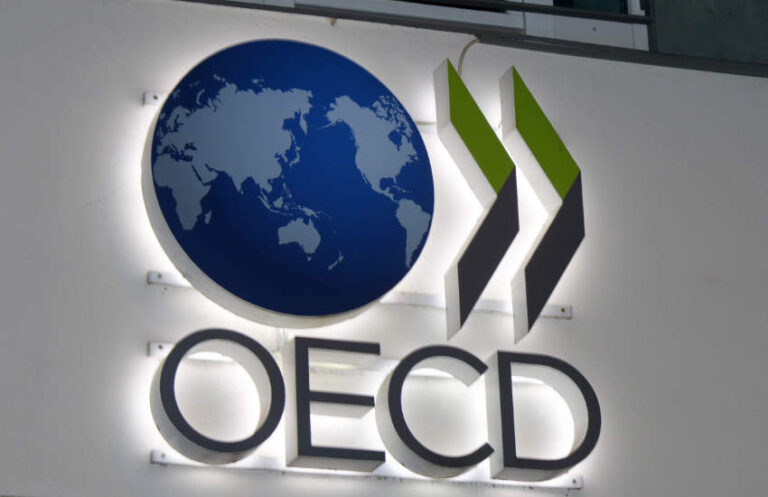
Source: www.ledgerinsights.com
Today, the Organization for Economic Co-operation and Development (OECD) released a report on the lessons to be learned from the crypto winter. The report highlighted many well-known issues such as concentration risk, leverage, interconnectedness, and opacity in the cryptocurrency sector. However, it also draws attention to some key areas that have not received enough attention.
DeFi lending works but accelerates declines
For example, he acknowledges that DeFi lending protocols performed much better than their centralized counterparts. However, he believes that automated collateral liquidation exacerbates market movements and therefore contributes to declines. “More analysis is needed to test the effect that the selloffs have had on market volatility,” the report says.
Staking and composability can be risky
While exciting new financial innovations such as staking contribute to volatility and risk in the crypto asset sector. The problem with staking is that people lock up the assets for long periods of time. This can create maturity mismatches and liquidity risks.
One example was that failed crypto lender Celsius had pledged $400 million stETH (Staked ETH) in the Aave DeFi lending protocol. Due to the delays in the Ethereum merger, people wanted to sell stETH to get ETH back. As a result, Celsius users withdrew ETH, forcing the lending platform to sell stETH at a loss to meet the demand for ETH. This, in turn, pushed the price of stETH down further.
Tether participates in circular lending
Another Celsius lesson is the widely publicized loan it received from Tether collateralized by Bitcoin assets. “This is effectively a circular transaction, whereby Tether issues USDT on the basis of collateral that secures USDT loans to other entities. This is equivalent to the issuance of USDT through unregulated credit expansion.” Unpacking that statement, he points out that the Bitcoin collateral was provided by people who borrowed Tether from Celsius, and Celsius was getting more Tether using the collateral from him.
The OECD believes that future crises could generate financial stability problems if there is a greater interconnection with conventional finance.
Much of the report focuses on risks and the need for regulation. But it concludes on a positive note for DeFi. “Traditional financial market participants can adopt decentralized finance technologies and practices (for example, atomic settlement of securities or post-trade/clearing disintermediation) to capture potential efficiencies and productivity gains in financial market infrastructure.”
Read More at www.ledgerinsights.com